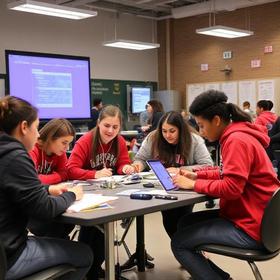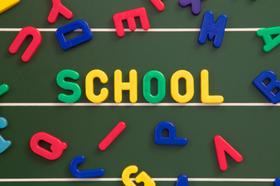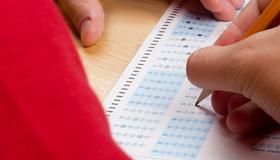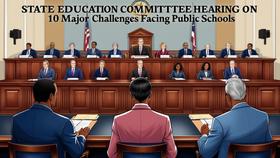As Los Angeles students headed back to school after Christmas break, a new sight greeted them – the presence of additional police officers in schools throughout the city. In response to the Sandy Hook tragedy in Connecticut, the Los Angeles Unified School District has beefed up patrols and police presence to ensure the safety of the students and faculty inside Los Angeles classrooms. While the decision has been a welcome addition by many, some are voicing concern about the presence of additional armed security inside school buildings.
This video looks at some of the security measures commonly found in public schools.
The New Plan
reports that the police are adding patrols to around 700 elementary and middle schools in the Los Angeles school district. In addition, Los Angeles police officers have been instructed to “adopt” a school, which means the officer will make regular beat checks to that school throughout his or her shift. The hope is that this new procedure will give schools throughout Los Angeles a larger police presence that will discourage those who might be thinking about committing violent acts against a school and the students inside.
“We won’t be there all the time, but nobody will know when we will be there,” Los Angeles Police Chief Charlie Beck told . “I don’t want anyone to think they can walk into






















